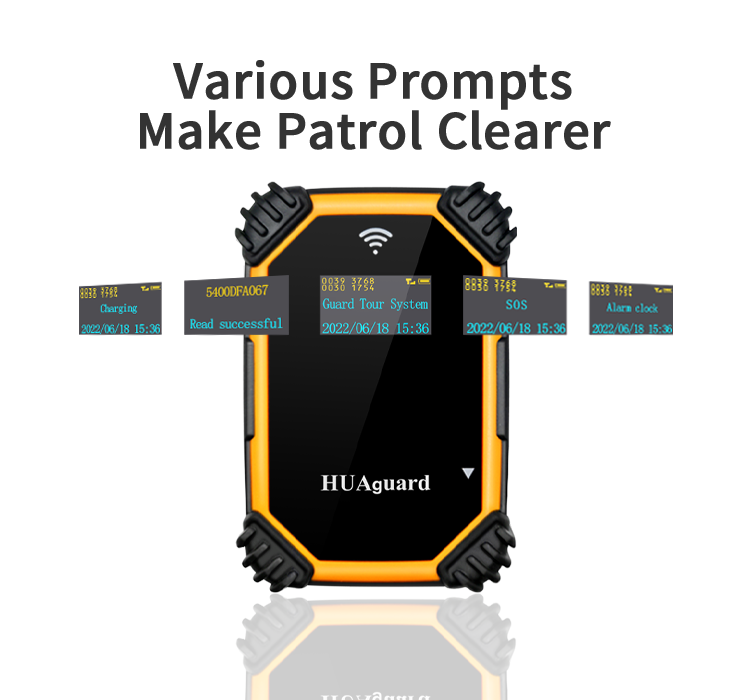

A key benefit of a user-friendly security patrol system is ease of training. Campuses typically employ experienced police officers and student security guards; complex systems can be overwhelming for new staff. Modern patrol platforms have intuitive mobile interfaces with color-coded waypoints, GPS maps, and one-click incident reporting capabilities that enable security guards to learn core functions in under an hour. Administrators at a Midwestern university reported a 60% reduction in security guard onboarding time after transitioning to a guided campus security patrol system. This simplicity ensures that all patrol officers, regardless of technical background, can quickly master route compliance, checkpoint scanning, and emergency notifications, resulting in more consistent campus coverage and fewer missed patrols.

Adequate campus security requires seamless communication between patrol guards, dispatchers, and local law enforcement. The user-friendly security guard patrol system integrates real-time messaging, GPS tracking, and an alert dashboard, allowing teams to coordinate responses instantly. For example, when a student reports a suspicious package near a residence hall, a dispatcher sees the nearest guard location on the University Security Patrol System map and directs them via in-app instructions. At the same time, the system can automatically notify campus police, share incident details, and geo-tag photos. This integrated approach not only reduces response times by up to 40 percent (as documented in a Southern California campus deployment), but also ensures coordinated, informed security operations across a large campus.
A robust security patrol system automatically records every checkpoint scan, incident report, and login session, with a timestamp and security guard ID, creating an immutable digital audit trail. Meanwhile, administrators in universities can rely on the centralized reporting capabilities of the campus security patrol system to generate monthly compliance reports in minutes. Suppose an incident escalates to a legal review or certification audit. In that case, these detailed logs provide clear evidence of policy compliance, security staff diligence, and system performance, minimizing institutional liability and increasing community trust in campus security measures.

With limited security budgets, universities must maximize security efficiency. A user-friendly security guard patrol system provides historical heat maps of foot traffic, incident hotspots, and patrol duration. Security managers at a Texas university used this data to redesign patrol routes, focusing on high-risk areas such as parking lots and dark passages while reducing unnecessary overlap in low-risk areas. The campus patrol system’s drag-and-drop scheduling interface allows supervisors to reallocate security personnel based on demand in real time, ensuring balanced coverage. In addition, this data-driven approach has also improved response readiness and reduced overtime costs by 15%, proving that an intuitive patrol system can optimize human resources without complex manual analysis.
Modern campuses employ various security technologies—CCTV surveillance, access control, emergency call stations—and a user-friendly security patrol system that integrates seamlessly with them. When a CCTV camera detects motion inside a restricted lab, an alarm is triggered within the patrol platform, prompting the nearest security officer to verify via a mobile video feed. Similarly, suppose a badge access reader records an unauthorized entry at a residence hall entrance. In that case, the integrated campus security patrol system cross-references the event and immediately issues a dispatch task. This interoperability reduces alert fatigue, consolidates data into a single interface, and improves situational awareness, enabling campus security teams to respond more effectively and coordinate multiple security layers.
Universities face unique security challenges—from sprawling campuses and mixed demographics to strict regulatory requirements and budgetary constraints. Investing in a user-friendly security patrol system can address these complexities by streamlining training, improving communication, ensuring compliance, optimizing resources, integrating existing technologies, engaging the campus community, and supporting data-driven improvements.